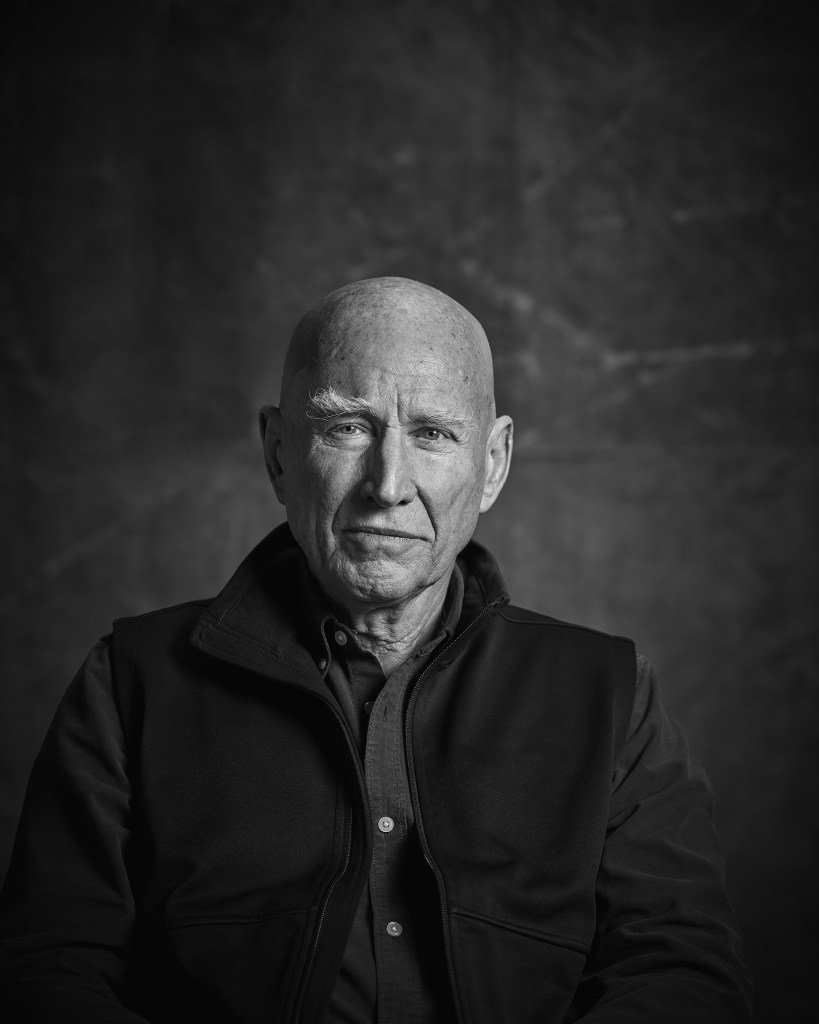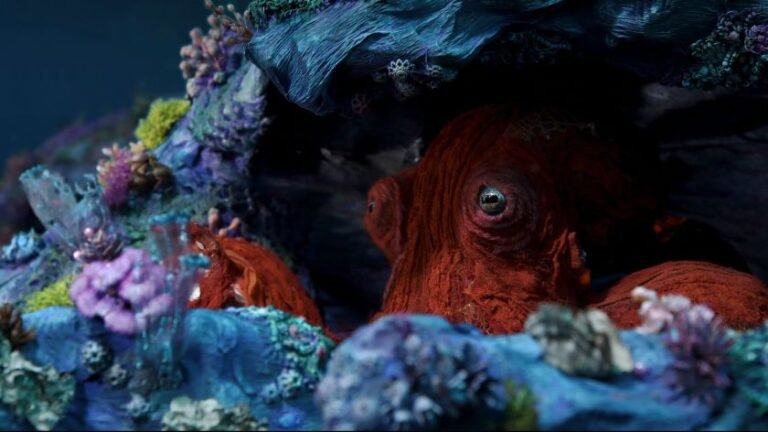

Brazilian photojournalist and environmentalist Sebastião Salgado died at the age of 81 in Paris on Friday, May 23, as confirmed by his and his wife Lélia Wanick Salgado’s reforestation nonprofit Instituto Terra. Having traveled to over 120 countries, Salgado was perhaps best known for his striking black and white photos documenting humanity’s profound inequalities, Indigenous communities across the Amazon rainforest, and astonishing natural landscapes. Family members stated that Salgado’s death resulted from a severe case of leukemia that was triggered by malaria, which he contracted during a project in Indonesia in 2010.
Salgado was born in 1944 in Aimorés, a small town in the Brazilian state of Minas Gerais. He pursued an education in economics at the Federal University of Espírito Santo and at the University of São Paulo, and briefly worked at the nation’s Ministry of Finance as an economist in the late ’60s. Salgado and Lélia moved to Paris in 1969 in light of his left-wing politics and activism during Brazil’s military dictatorship. After Salgado earned a PhD in economics from the University of Paris in 1971, the pair moved to London when he was hired at the International Coffee Organization, which sent him on several trips to countries across Africa and sparked his desire to document his encounters and surroundings.

Salgado made a full pivot to photography in the early ’70s, shifting back to Paris in 1973 and taking freelance jobs with the photo agencies Sygma and Gamma, working on multiple stories across Africa, Europe, and Latin America. He joined Magnum Photos in 1979, and in his 15 years there, he published two well-received photo books: Otras Americas (1986), his first publication on Indigenous peoples, farmers, landscapes, and folklore throughout Central and South America; and Sahel: L’Homme en Detresse (1986), a collaboration with Doctors Without Borders on medical missions to nations facing famine, drought, and political instability in Africa’s sub-saharan Sahel region.
One of Salgado’s most influential publications is Workers (1993), a cross-continental examination of grueling industrial and manual labor that laid bare a global system in which marginalized people paid the price for the development of critical infrastructures. This project took him across 23 countries between 1986 and 1992, culminating in an illustrated book providing an overview of the industrial era and its working conditions in eight nations, including India, Kuwait, and Poland. He followed Workers with Terra (1997), which called attention to Brazil’s rural landless population, and Éxodos (2000), which zeroed in on the dire circumstances shaping human migration internationally.

Salgado left Magnum in 1994 to co-found the photo agency Amazonas with Lélia, who was instrumental to the production of her husband’s publications and supporting exhibitions. In 1998, the couple also co-founded Instituto Terra, a nonprofit devoted to revitalizing the biome around Salgado’s hometown of Aimorés and supporting sustainable rural development. In an interview with National Geographic, Salgado stated that the organization has facilitated the planting of 3 million trees in the last three decades.
Salgado’s extensive publications also include Genesis (2013), devoted to the people, plants, and wildlife that have resisted global industrialism; and Amazônia (2021), in which the biodiversity of the dense rainforest complements his portraiture of Indigenous groups such as the Suruahá, Zo’é, and Korubo peoples who steward the lands. Exhibitions born from each photojournalistic project have been staged at institutions around the world, such as the Barbican Gallery in London, the Chengdu Contemporary Image Museum in China, and the International Center of Photography in New York City.
“I am saddened and shocked to have received the news of Sebastião’s passing,” said Peter Fetterman, whose eponymous photography gallery in Santa Monica, California, represented the photographer. “Sebastião and I were a big part of each other’s lives for over 35 years since Henri Cartier Bresson first introduced us in Paris. A truly one of a kind human being and photographer — both for nature and humanity. His legacy is eternal.”
Salgado is survived by Lélia, their two sons Juliano and Rodrigo, and grandchildren Nara and Flávio. A solo exhibition of his photography is on view at Peter Fetterman Gallery through June 21.






